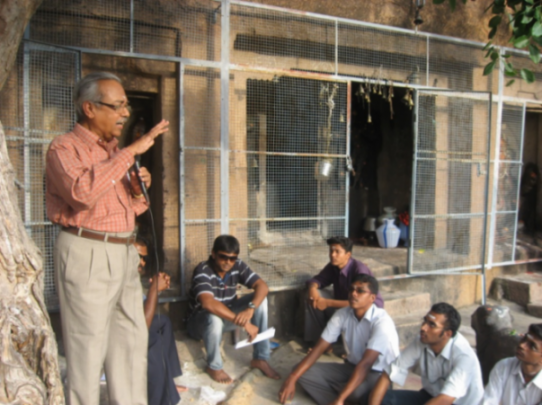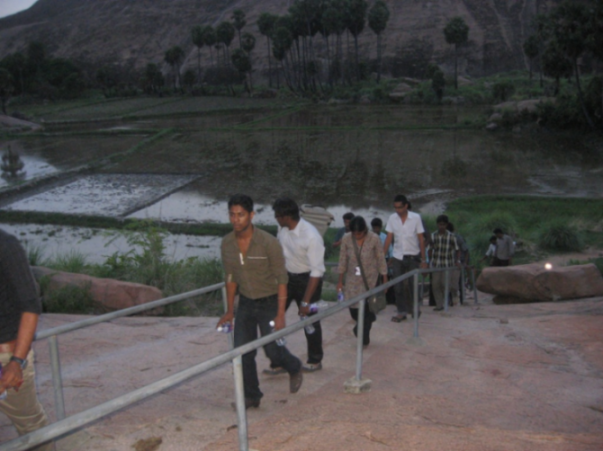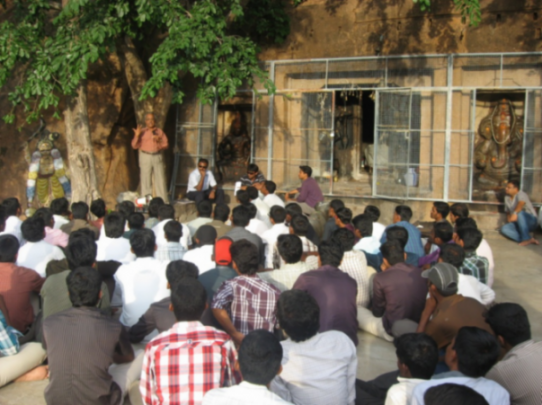- Written by Ezhil
- Hits: 2684
REPORT ON YOUNG INDIANS' LEARNING SESSION IN TCE
Chanakya and his leadership ideals for Indian youth
Dr. Radhakrishnan Pillai, who is the author of the book “ Corporate Chanakya” divided his presentation in to two parts. The first part was about Chanakya’s “Arthasastra” , a book which is a perfect manifestation of Chanakya’s views on statecraft, law, economics, war etc. He also disclosed the fact that this book written in Sanskrit has the proud privilege of being placed in the museum within the Supreme Court and ofcourse is considered to be the perfect exemplar of Chanakya’s noble thoughts. The book is considered to be a classic as it is based on psychology of human power and psychology.
Second part of his discourse Consists of Chanakya’s ideas on Leadership:
I)Leadership depends on the level of confidence in decision making.
II)All undertaking can be preceded with consultation of those with matured intellect; but too much of consultation can also increase the difficulty to arrive at decisions and maintain secrecy.
III)Lot of quality time should be spent in youth, the stage which can make or break the career of an individual, normally 9 am -5pm is important but what is done from 5 pm – 9 pm is very important.
IV)A wise man should make use of sensible words of even a child and partner with those having strengths and try to avoid YOU vs ME but nurture YOU and ME attitude.
V)A leader should have broad shoulder and large heart , and the happiness of the subject should be the sole aim of the leader.
VI)Hence, to become a leader one should Act with Tact; sharpen the skills by applying whatever is studied.
VII)He also quoted Bill Gates who said to a candidate, “If you challenge me, I will recruit you”. This actually indicates the necessity of being vibrant and updated.
VIII)Leadership is all about transformation, genuineness, loyalty, objectivity, judgement, core values, being worthy of trust and being trusted.
IX)Battles are not won during war times but by the preparation done in peace times.
X)Only strength can appreciate strength, hence instead of feeling jealous collaborate with excellence.
He suggested that “Checklist Manifesto” is a book that should be read by everyone to lead a fulfilled life.





